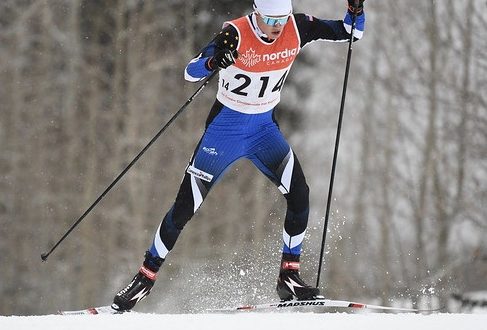By Violet Yeaton
I have seen time and time again that our students leave the village to pursue higher education in hub cities like Anchorage and Fairbanks. They travel out-of-state to attend schools like Harvard, Stanford, Princeton and once they complete their academics, they see no future in their villages and look for work in the cities.
I did not realize this was an issue, until I had an opportunity to listen to Father Oleska’s presentation at a seminar in 2010. I was serving on the Parent Advisory Committee for the village of Port Graham, and I was elected as the representative to attend the Indian Education meetings with the Kenai School District. Father gave a diversity training on communicating across cultures. The question he asked the group was, “do we consider Alaska Native students successful if they remain in the city after they can get their college degree or if they move back to the villages and become productive members in the community?” This thought had never really crossed my mind, but I started thinking about it and asking other people in the village what they thought about it. The responses I received were very telling, as most of the locals expressed that they wanted their children to come back to the village but there also must be opportunities for our kids to return to. Otherwise, the parents felt that their kids should look for opportunities outside of the village.
I grew up in a small community of 170 people. The school was very small with maybe 30 children from Kindergarten to 10th grade. The last two years of high school the kids have to leave the village to complete their education in surrounding communities or be shipped out to Mt. Edgecumbe in Sitka. I was a product of that system and moved out of my village to complete my high school diploma. At the age of 15, I was sent to live with total strangers in Ninilchik to finish out my high school years. I had seen so many kids before me do the same. Some never came back while others became very homesick, dropped out, and came back home.
I wanted so badly to be successful and get my high school diploma, so I tolerated the homesickness to get the piece of paper to show what I could achieve. I returned home to Port Graham and jumped into a career in the village. I was immediately hired as a GED Recruitment Advisor to help kids in the village get their GED. I knew I made the right decision to return to my village and start a working career. I felt I was giving back to my community by being a leader and an active participant. I was eventually hired as the Environmental Planner for the Port Graham Village Council, and I brought up my children there in the village. All the while, I put off going to college, but I knew at some point I would pursue an academic career.
In looking into Father Oleska’s question further, I did my own research. Unfortunately based on a study by Carole L. Seyfrit and Lawrence Hamilton, who surveyed native students and their attitude toward education and their residential expectation, it was revealed that 85% of Alaska Native students think that they will live some other place than their community.
My hope for the youth and anyone pursuing their academic career is that they have the chance to return to their villages, be productive, and be leaders in their communities. The communities need to provide economic opportunities in their villages so the student have an incentive to return to the villages and start their career. I had the wonderful opportunity of learning so much about my own village and the people who live there. I had the awesome experience of talking with the elders and listening to their stories. I traveled all over the United States representing Port Graham on many issues. This experience gave me a sense of pride and place to which I belonged, and I hope for the same in the generations to come.
References: Arctic Anthropology Vol 34, No.1 https://www.jstor.org/publisher/uwisc





